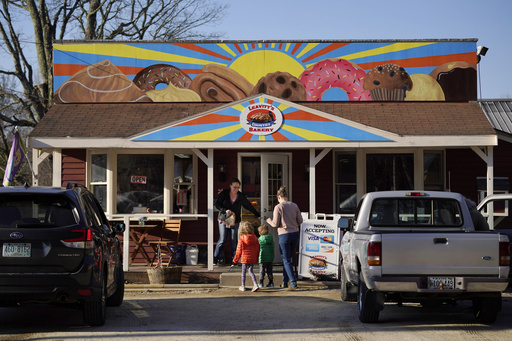Jared McGriff, et al, v. City of Miami Beach, FL
Federal 11th Circuit Court of Appeals, October 27, 2023
Jared McGriff and three other artists were commissioned by the City of Miami Beach, Florida to create a series of art installations for an event called “ReFrame: Miami Beach,” in hopes of “sparking crucial conversations about inclusion, blackness and relationships….” The works were to be displayed on Memorial Day Weekend 2019. The City and the artists’ production companies entered into professional services agreements that provided, in relevant part:
- “All installations shall be subject to review and approval by the City Manager’s designee”;
- “All services provided by the [production companies] shall be performed…to the reasonable satisfaction of the City Manager”;
- “Any work product arising out of [these agreements], as well as all information specifications, processes, data and findings, are intended to be the property of the City and shall not otherwise be made public and/or disseminated by [the production companies] without the prior written consent of the City Manager”;
- “The City will provide [the production companies] with the appropriate location to perform the services….”
In preparation for ReFrame, the City distributed a press release on City letterhead and flyers that marketed the event. The press release and flyers included the City’s e-mail addresses, characterized ReFrame as the City’s inaugural festival, and advertised the art installations.
Among other artworks exhibited was a painting of a Haitian-American man named Raymond Herisse. A written narration accompanied the painting, explaining how Miami Beach police officers shot and killed Herisse during the 2011 Memorial Day Weekend. After viewing the painting, the City Manager told the artists to remove the Herisse memorial from the exhibition. He later explained to the Mayor and City Commission that the painting was “potentially divisive and definitely insulting to our police as depicted and narrated.” In response, plaintiffs brought this action against the City, alleging that it violated their First Amendment free speech rights by having the Herisse painting removed from the installation. The City filed a motion for summary judgment, arguing that plaintiffs’ claim did not implicate the First Amendment under the government speech doctrine. The district court agreed, and the artists appealed.
The 11th Circuit Court of Appeals began its review of the government speech doctrine by recognizing that “the government’s own speech…is exempt from First Amendment scrutiny. Thus, when the government speaks, it is free to choose what to say and what not to say….When the government appropriates public funds to promote a particular policy of its own it is entitles to say what it wishes.” In deciding whether expression is government speech or private speech, courts consider several factors: (1) whether the government maintains control over the speech; (2) whether the type of speech has traditionally communicated government messages; and (3) whether the public would reasonably believe that the government has endorsed the speech.
Government Control over Speech. In this case, the professional services agreements made it clear that the City controlled the installation and the painting by subjecting nearly every part of the artist’s work, its display, and its location to City Manager approval. Moreover, the agreements vested ownership of the artwork produced for ReFrame in the city. “Having bought the artwork, the city’s decision to display it, or not display it, was classic government speech.”
Type of Speech that Traditionally Communicated Government Messages. The artists contended that artistic expression has historically been used for private speech more often than government speech; however, the court noted that “this does not negate the government’s own long historical use of artistic expression to convey messages. The history factor does not require the government to show that it historically commissioned more artwork than private individuals and institutions.” Providing examples such as the use of Facebook to disseminate messages and artistic posters used during the Second World War to promote the war effort, the court did not agree with the artists’ reasoning.
Impression of Government Endorsement of Speech. The court concluded that the public would reasonably believe that the City endorsed the art produced for ReFrame because the City: (1) publicized ReFrame, including the art installation in particular, in City press releases and flyers; (2) organized and advertised an opening night cocktail reception and media preview; and (3) had its Mayor interview with a co-curator of the installation on NPR.
The 11th Circuit concluded that “just as ‘governments are not obliged under the First and Fourteenth Amendments to permit the presence of a rebellious army’s battle flag in the pro-veterans parades that they fund and organize,’ they are not obliged to display any particular artwork in the art exhibitions that they fund, organize, and promote.”

